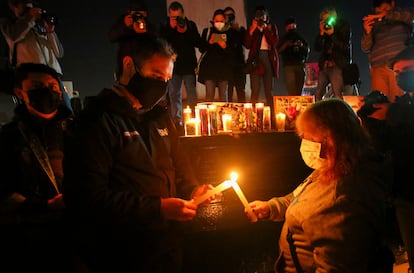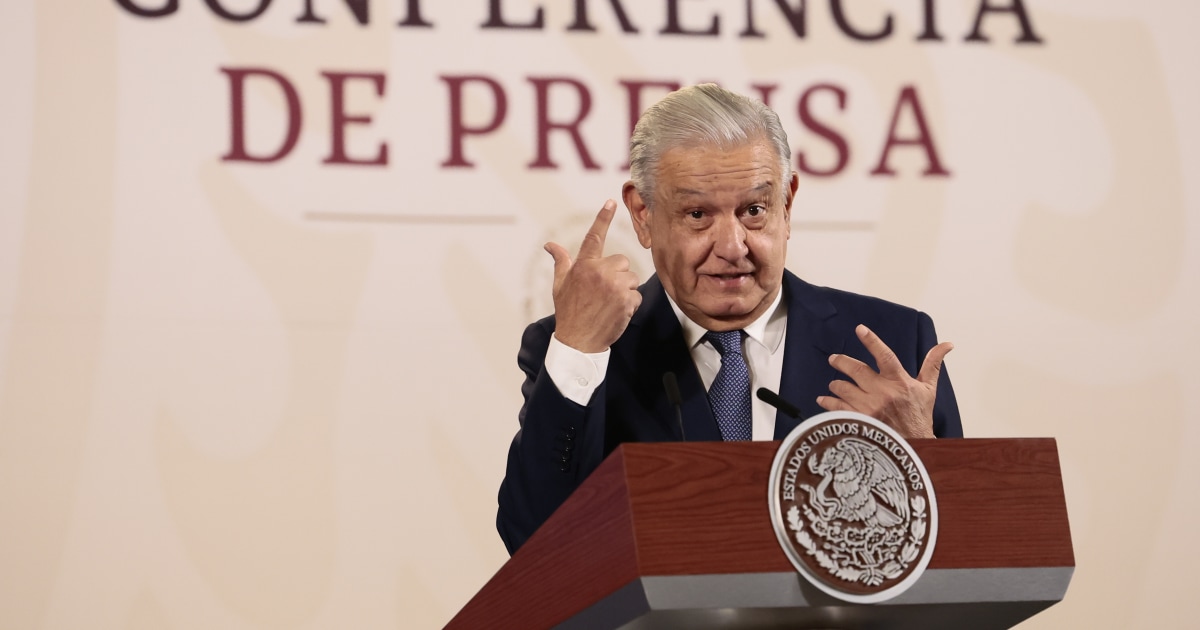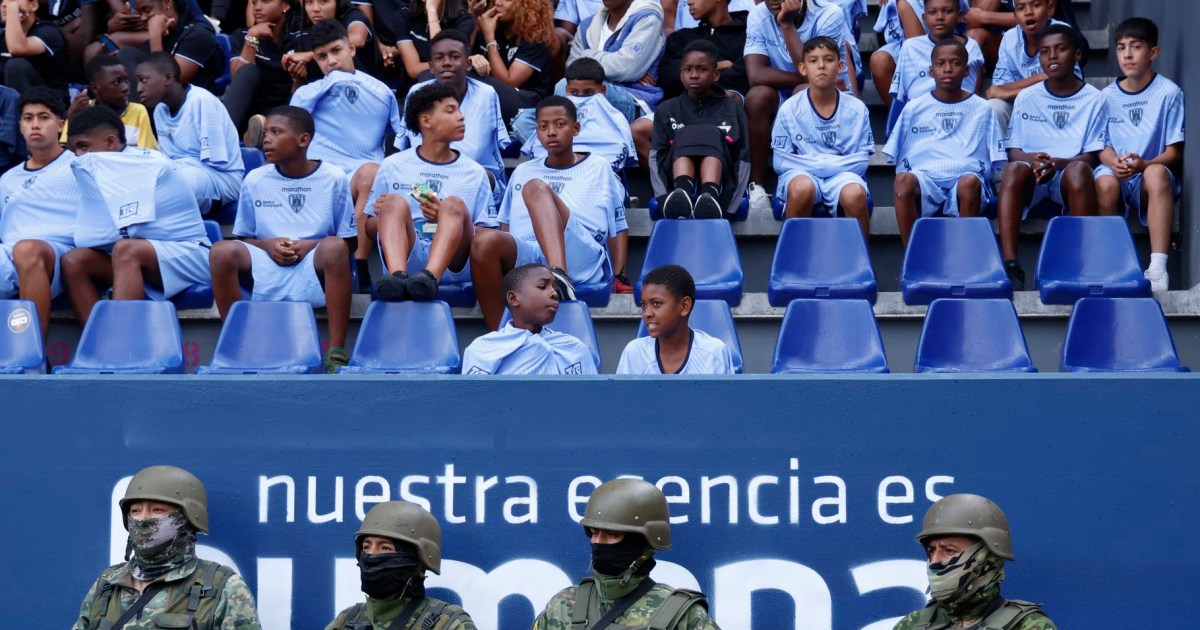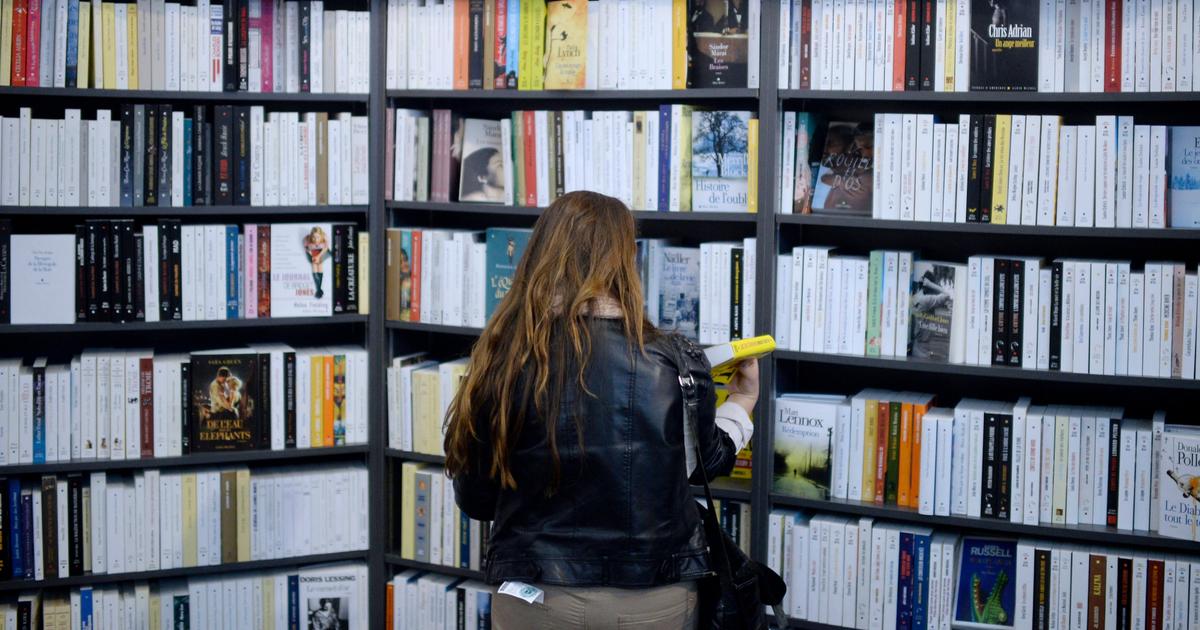At the beginning of April of last year, a journalist recorded the police aggression that ended the life of Salvadoran Victoria Salazar in Tulum (Yucatán).
Days later, Francisco Canul found his house destroyed and reported the theft of digital material that he used in his work as a reporter.
"I'm scared," he said.
And he asked for protection.
Nine months later, he says that they gave him a panic button and that a week ago they called him to ask him for more details, where his wife works, where his son goes to school, how and where he travels at work.
Little more.
In recent days, two journalists have been murdered in Baja California.
They had requested protection measures, but Margarito Martínez had not yet obtained them and Lourdes Maldonado had police patrols for her safety.
The figure of protection for journalists is exceeded by the escalation of violence they suffer. There are not enough resources and those who assess the risk that reporters run do not have adequate training, so many professionals are forced to take refuge far from their homes and silence their work, that is, the aggressors get what they want. In addition, the delays for the protection to become effective are three or four months, according to the Article 19 organization. That is the diagnosis that the experts in this matter make about what is happening in Mexico with the threatened journalists. “At all times, if they had wanted to kill me, they would have already done so,” says Francisco Canul by phone from Yucatán.
Journalists participate in an evening in memory of photojournalist Margarito Martinez, on January 21, 2022 in Tijuana, Mexico. JORGE DUENES (REUTERS)
In Mexico there are currently some 700 journalists under the figure of protection, which they can obtain from state or federal authorities. Only in Baja California there have been an average of 33 aggressions per year. In 2012, the federal protection mechanism began to operate, which has a government board in which the Foreign Ministry, the Interior Ministry, the Attorney General's Office and the National Human Rights Commission participate. Between journalists and human rights defenders, they provide protection to some 1,300 people. The exact figures of the people who are under the guardianship of the States are unknown. “Not only money, shelters, bulletproof vests or armored cars are needed. What is needed is that the aggressors be investigated and arrested,because otherwise the only thing that is achieved is that journalists are displaced and their work is silenced, which is what the criminals are after”, says the coordinator of Article 19 Prevention, Itzia Miravete.
The problem is who puts the bell on the cat. Because the aggressors are mostly public officials: power against power. In 2020, always according to the data collected by Article 19, of 692 documented aggressors, 343 were public officials and of these, in 188 cases they were municipal presidents, aldermen, deputies or social communication personnel; 144 were policemen of any level and 11 soldiers from the different bodies. That is the reason why this organization for the defense of journalists has fought so that the state laws that have been implemented in recent years - 14 states have protection measures for reporters - allow the attacked person to choose which body should protect them: if it is an assault by state officials can opt for federal protection and vice versa."This cannot be a bureaucratic window where if something goes wrong you go to another window," says Miravete.
As occurs with the protection of women victims of their partners or ex-partners in half the world, many of the reporters do not dare to denounce their case because they understand that it puts them even more in the trigger, that it re-victimizes them, that they only find themselves at even more risk.
“The authorities ask them over and over again about what happened, for example, and, as in a police investigation, if their second or third account of the events deviates minimally from the previous ones, they write down “it could not be proven, but in good faith.” faith we grant them protection”, says Miravete.
They almost have to prove their innocence.
In addition, on many occasions, the authority tends to play down the matter by saying that they have been attacked or have lost their lives "for work reasons", thus exonerateting organized crime of any kind and alleviating state responsibilities.
This very morning, President Andrés Manuel López Obrador has said that it was a labor issue,” criticizes Miravete.
"And it's sad, but sometimes they are pointed out as collaborators with drug traffickers or related to public powers," as if justifying their deaths based on those friendships.
There are many who decide not to report because of these obstacles or revictimizations, Miravete denounces.
Finally, many reporters in Mexico, a deadly country for the press, are forced to leave their place of residence for a few months or go abroad. Since 2009, there have been 67 displaced persons and “a third part leaves the country. They usually find the support of international cooperation, for example in the EU, in Canada, or in Barcelona, where we have a lot of contact with them and they shelter journalists, sometimes through embassies”, says the Article 19 activist. Then they return and the danger is still there. "Because it is not enough that the government changes in the municipalities or in the States, the aggressors remain free and in power," he adds.
A new violence looms every day with more presence on the work of informers, their discredit on social networks, digital violence. "That also ends up silencing them, because the journalist sees the legitimacy of their information undermined, they are silenced through these channels, that is also violence," Miravete accuses. Therefore, little or nothing will be achieved if the main measure is not to search for and stop the aggressors, instead of sheltering the attacked and silencing them. “You have to investigate and do justice while the reporters are refugees, otherwise the displacement, sadly, becomes permanent. They are given shelter to keep them alive, but they are taken away from their work.”
A few months ago, the federal government abolished trusts, an economic figure that provided resources for various matters, including the protection of journalists at risk. “We have not noticed big changes in the budget, even this year there has been a slight increase. But neither has the operation changed. The problem is that, the operability, that no measures are taken to put an end to these threats or put the aggressors in jail. Money is not enough,” says Miravete. “There is more and more violence.”
Francisco Canul has his panic button, which is of little use, but he says he is calm because the municipal government has changed.
He always said that all suspicions of the raid on his house led to the police, the main defendants in the death of Salvadoran Victoria Salazar.
"There were police boot prints," he said at the time.
"I don't think I need more protection now," says Canul.
subscribe here
to the
newsletter
of EL PAÍS México and receive all the informative keys of the current affairs of this country





/cloudfront-eu-central-1.images.arcpublishing.com/prisa/L5MGAT2HV6KEARCGX3IXUKXXSU.jpg)
/cloudfront-eu-central-1.images.arcpublishing.com/prisa/6YVGDXFAWRX3CRBJPUPWBML5SI.jpg)
/cloudfront-eu-central-1.images.arcpublishing.com/prisa/CNZBUWS7XNGDJGRQV4JBJXJU2Q.jpg)






